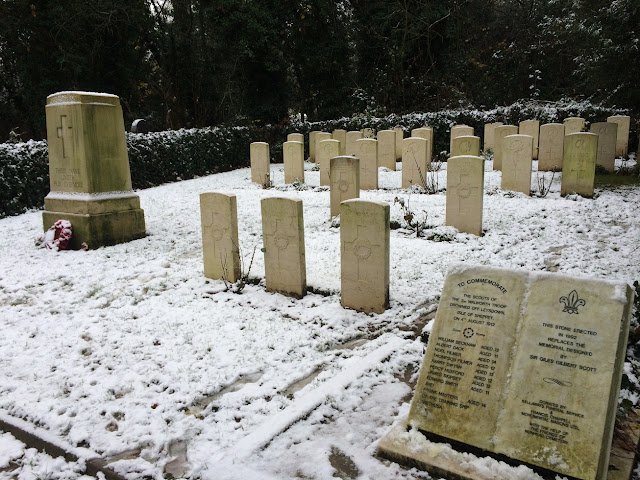Bovell wrote the film score for the film Babylon (1980), which as discussed here before was filmed in SE London. Earlier this year he devoted his Soho Radio show to music from the film in dicussion with Les Back from Goldsmiths, prompted by the death of the film's director Franco Rosso.
Much of Bovell's work in the late 1970s was recorded at Dennis Harris's Eve Records studio at 13 Upper Brockley Road, SE4, the base too for Harris's Lovers Rock label. In the Soho Radio show, Bovell recalls 1970s auditions here:
'we used to have an audition every Sunday afternoon after 3 pm. There was a programme on BBC London called Reggae Time and that was presented by a man called Steve Barnard, it was the only chance of listening to reggae for two hours on the BBC, and so directly after that we'd hold our auditions. We'd get him to say if you want to audition get down to Eve Studios in Brockley and
one day came three girls that became Brown Sugar and Caron Wheeler was one of them, and so was Kofi and of course Pauline Catlin who now goes under the name of Shezekiel (and her son Aaron Soul, big talent). This is where the youngsters of South East London came to audition- this was the X Factor!'
(Brown Sugar's debut single 'I'm in Love with a Dreadlocks' was released on the Lovers Rock label in 1977).
 |
| Les Back abd Dennis Bovell at recent Goldsmiths Graduation Ceremony |
Check out Dennis Bovell's recent A to Z compilation at his bandcamp site





















